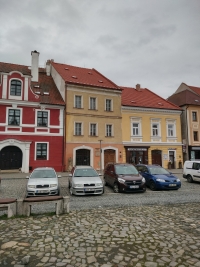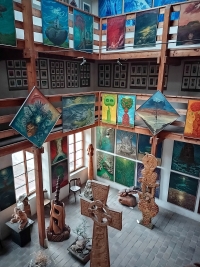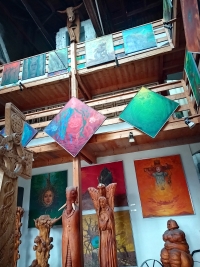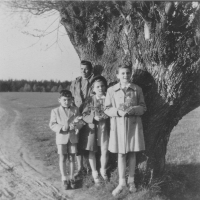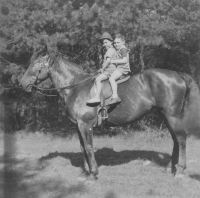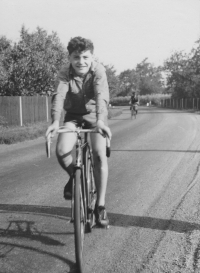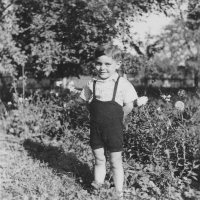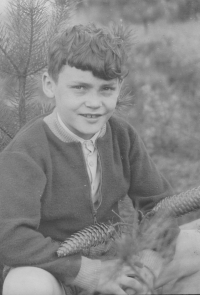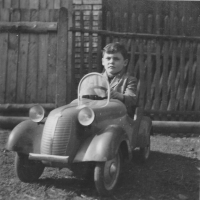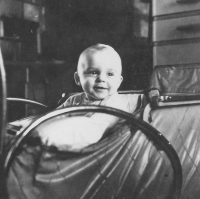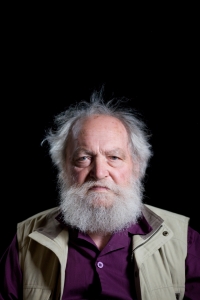He was fascinated by the smoggy landscape. He used his paintings to provoke the communists

Stáhnout obrázek
Herbert Kisza was born on 16 June 1943 in the village of Podobora near the Olše River on the Czech-Polish border. His father Karel Kisza was an electrician and his hobby was painting. It was from him that the witness acquired his relationship to visual art. His mother Emilie was a housewife. As a child, he perceived the intolerance between Lutherans and Catholics. At home they spoke Polish, German and later Czech. His uncle smuggled alcohol out of Poland and meat into Poland in the post-war years. In 1957, Herbert Kisza passed the entrance exam to the School of Arts and Crafts in Brno. He studied painting. He spent his student years in Brno, first in a boarding school from which he was expelled, and later in a rented apartment. In 1961 he was admitted to the Academy of Arts and Crafts in Prague. This was despite a bad report from Brno. He graduated in 1967 and became a freelance artist. In 1968, his then-girlfriend left for Paris with French friends and later emigrated to Sweden. Herbert Kisza still managed to travel through Great Britain and Scandinavia in 1968 and the following year. Then his passport was confiscated. In 1971 he married the architect Ivana Vrabcová and moved to Kadaň in the Chomutov region. There he founded a painting course at the Folk Art School. He painted pictures of landscapes devastated by industry and was fascinated by them. He considered it a kind of silent resistance against the regime. In 1991, he opened his gallery Netopýr in Kadaň. In 2023, he was still working and living in Kadaň.
